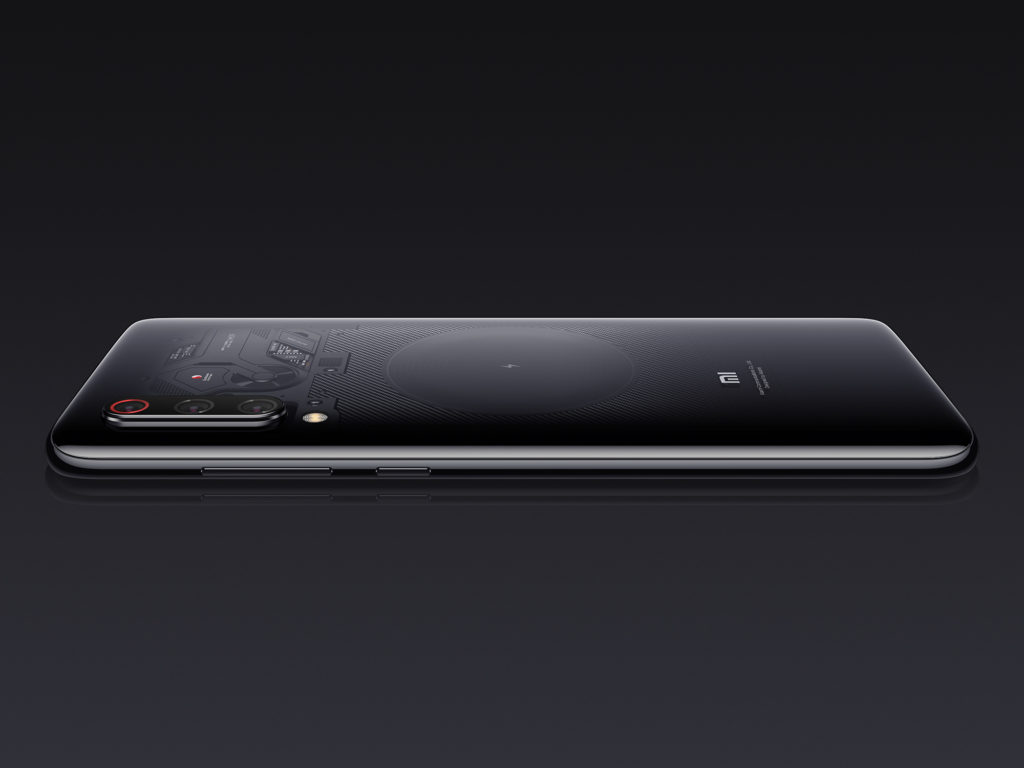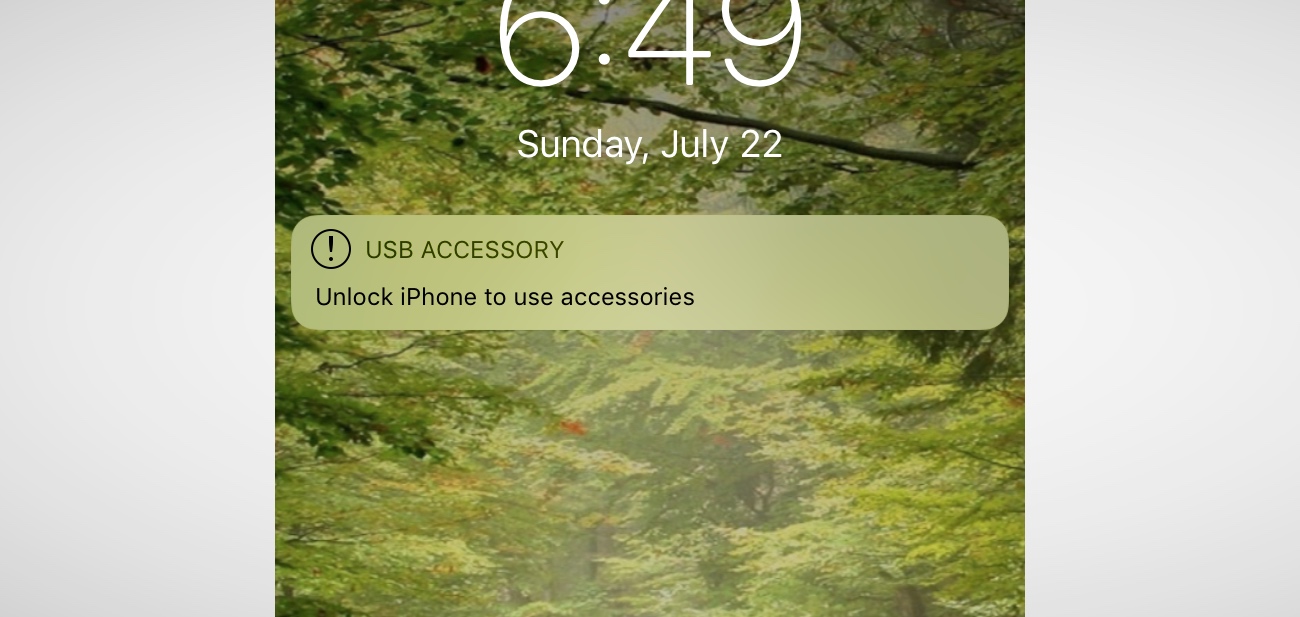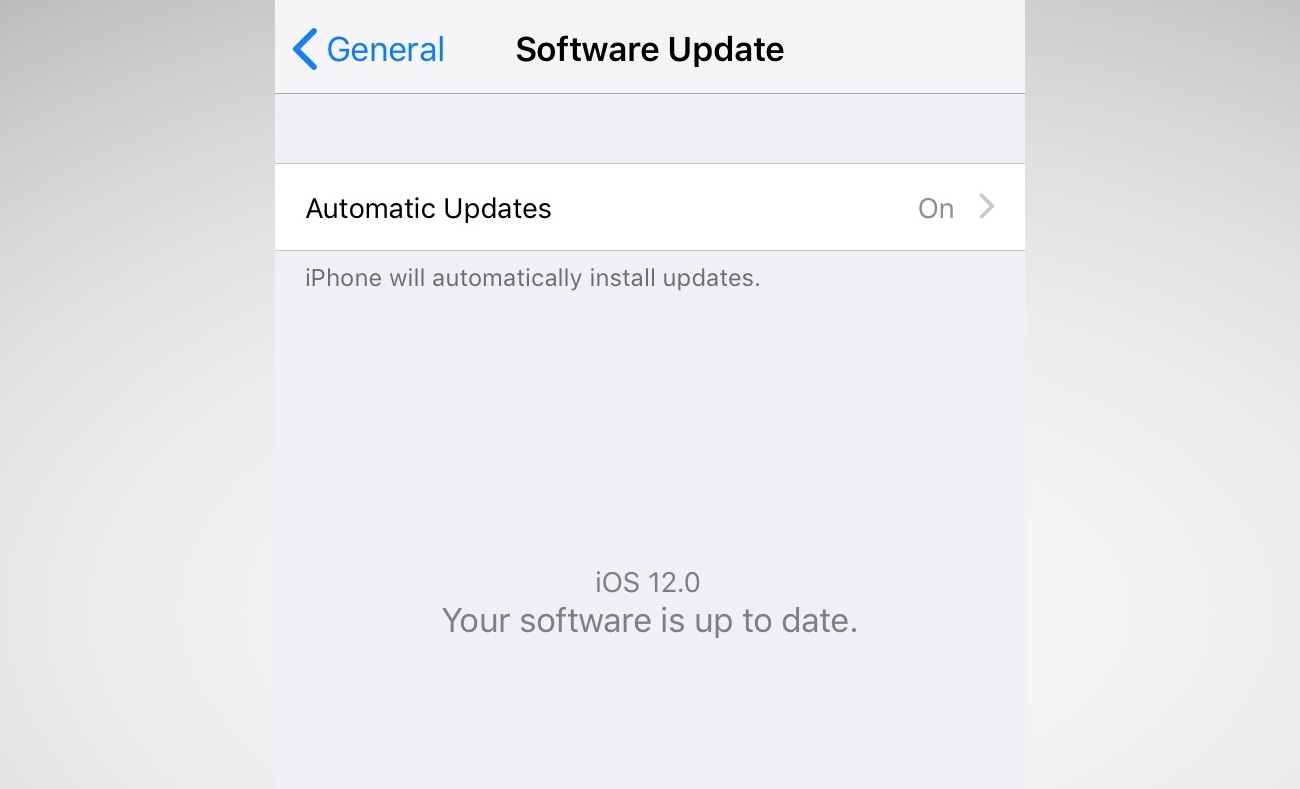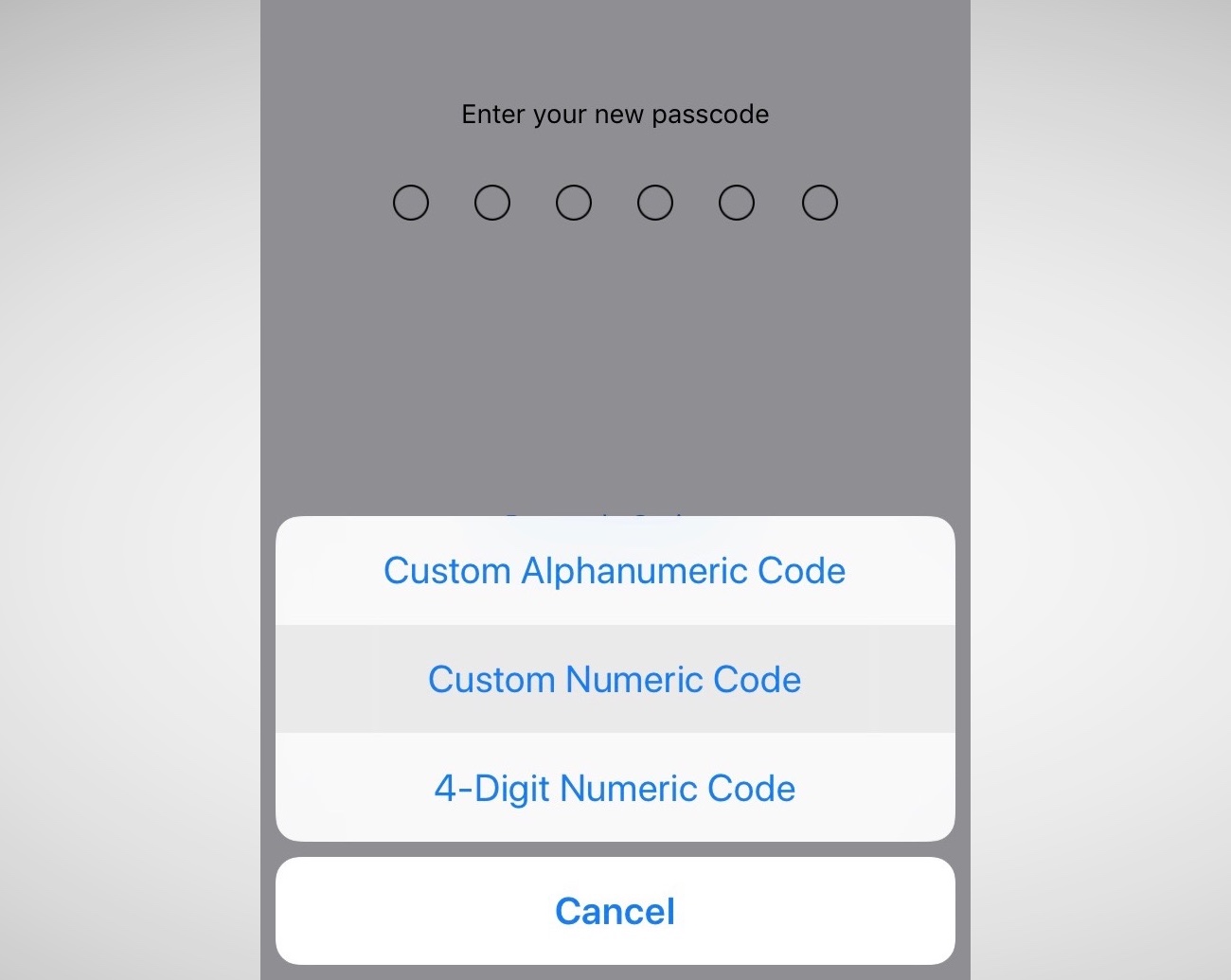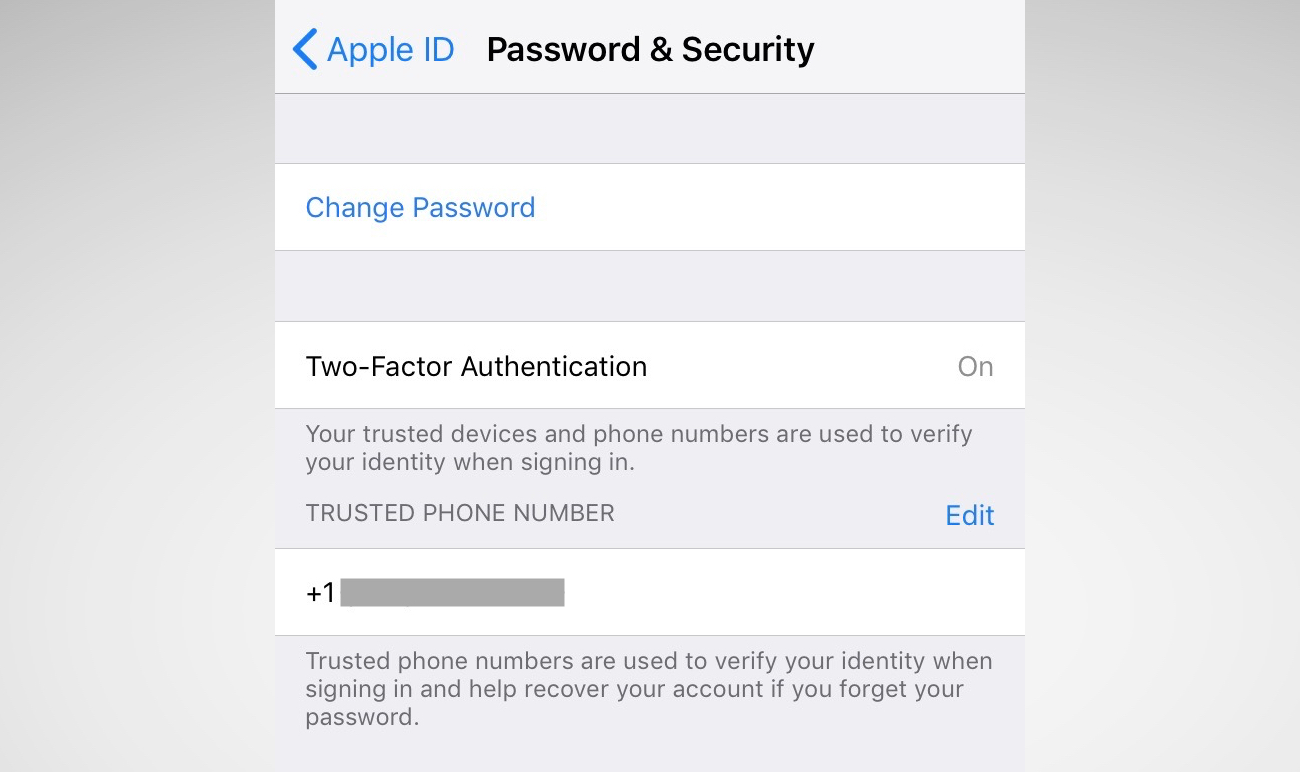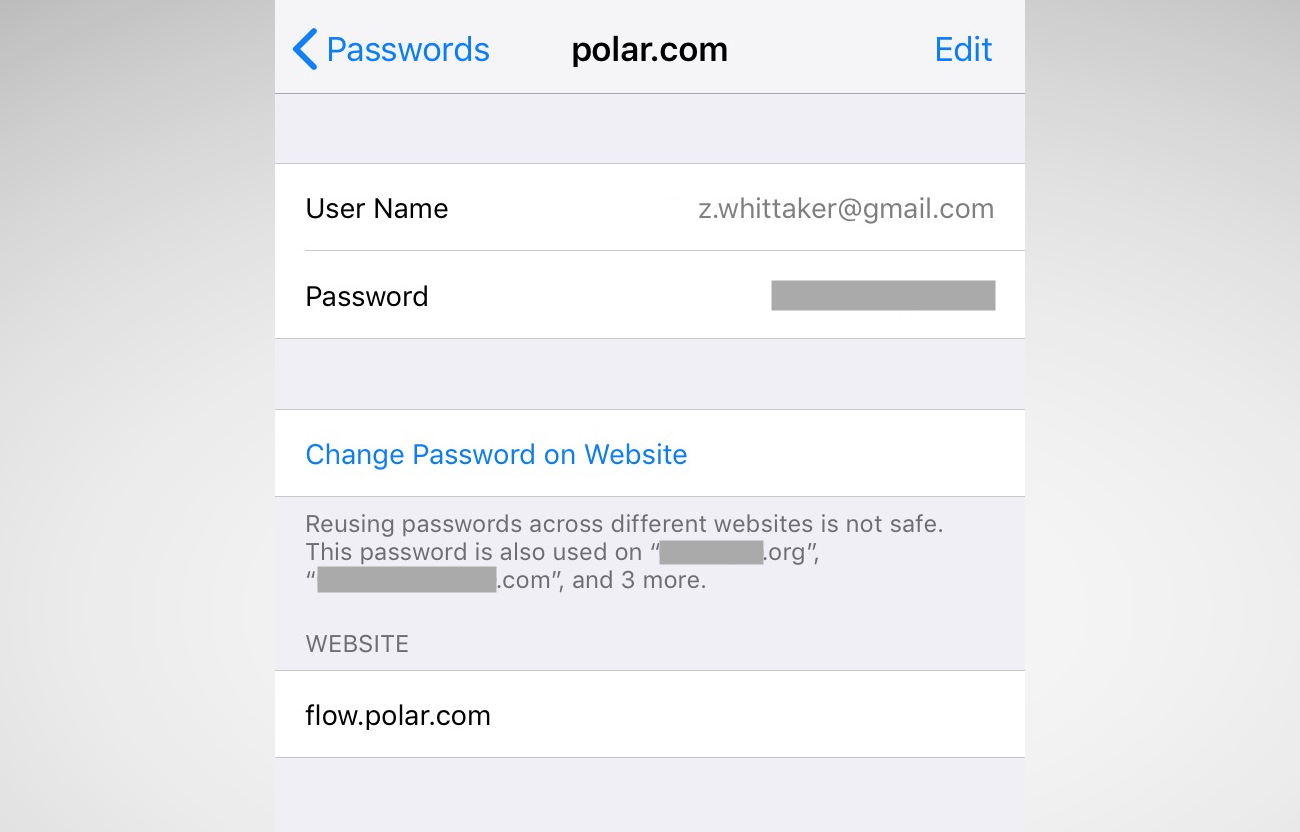Tesla’s general counsel, a veteran trial lawyer, has been replaced with a company insider just two months after taking the post.
Dane Butswinkas, who was named Tesla general counsel in December, is leaving the company, Tesla confirmed. Jonathan Chang, who was most recently vice president of legal at Tesla, has taken over the general counsel position.
Butswinkas is returning to the Washington D.C. law firm Williams & Connolly, where he had worked for nearly 30 years. Wednesday is his last day at the company. Before Butswinkas joined Tesla, he was co-chair of the Williams & Connolly’s commercial litigation and financial services and banking groups. Butswinkas had worked with Musk and Tesla as outside counsel for several months before taking the internal position at the automaker.
Butswinkas left Tesla because it was a poor cultural fit and a desire to return home to his family and law practice, a source familiar with the situation told TechCrunch.
Other sources familiar with the situation said (without elaborating) that Chang taking over the top spot had been in the works for sometime.
Butswinkas said in an emailed statement that he will continue to work with Tesla in an outside counsel role. “I have observed and have tremendous confidence in Jonathan’s leadership skills and in the Tesla team. When I joined the company, I said it would be hard to identify a more timely or essential mission than Tesla’s—that’s as true today as it was then,” Butswinkas said.
Tesla’s general counsel directs the company’s legal and policy teams around the world and reports directly to Musk. It’s a key position at the company that was once held by Todd Maron, who joined Tesla in 2013 after working as Musk’s divorce lawyer. Maron, a confidante of Musk’s, became general counsel at Tesla in 2014.
Chang’s appointment comes as the company continues to ramp up its Model 3 program, specifically by pushing into Europe and China.
Chang has worked with Tesla, as an employee and outside counsel, for more than a decade. He first began working with Tesla in 2006 at Latham & Watkins. He joined Tesla in 2011 following Tesla’s IPO and purchase of the NUMMI factory in Fremont. Chang was named vice president of legal in 2017.
During his tenure at Tesla, Chang has steered the company through numerous legal challenges, notably fighting state laws that prohibit automakers from selling cars directly to customers. He also oversaw the legal organization’s corporate securities, mergers and acquisitions, real estate, compliance, and sales and distribution functions in the United States and across Europe.
The recent rapid turnover in the general counsel position highlights more than a year of high-profile executive departures, including Dave Morton, the company’s chief accounting officer, who resigned a month after taking the job, Gaby Toledano, who joined Tesla in May 2017 after 10 years at video game publisher Electronic Arts, and Doug Field, who left the top vehicle engineering post to return to Apple. Most recently, CFO Deepak Ahuja announced he was leaving the company.
from Apple – TechCrunch https://ift.tt/2GA4Ce0
